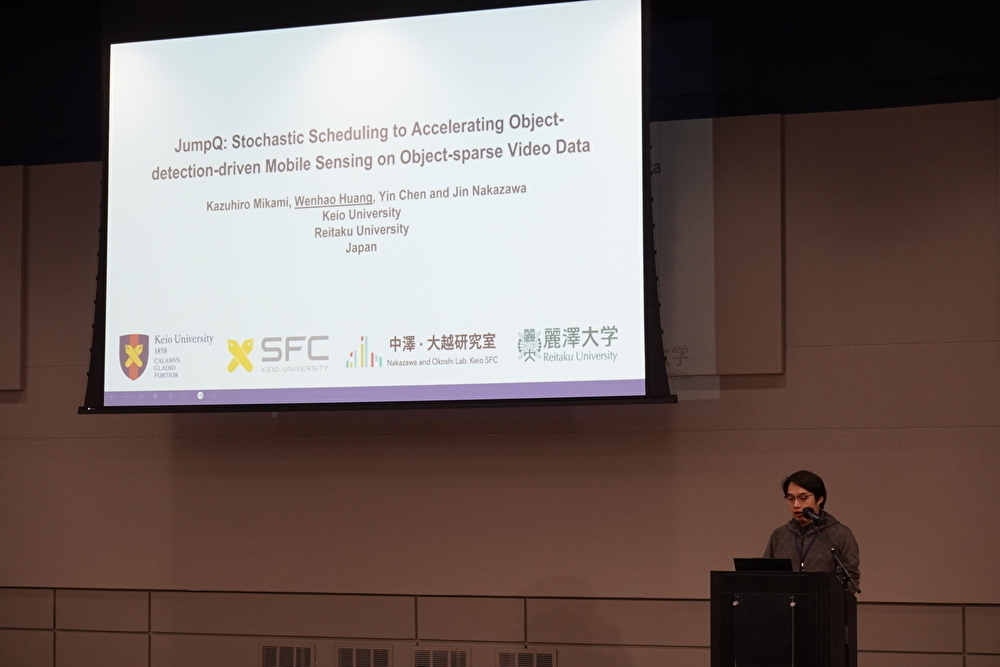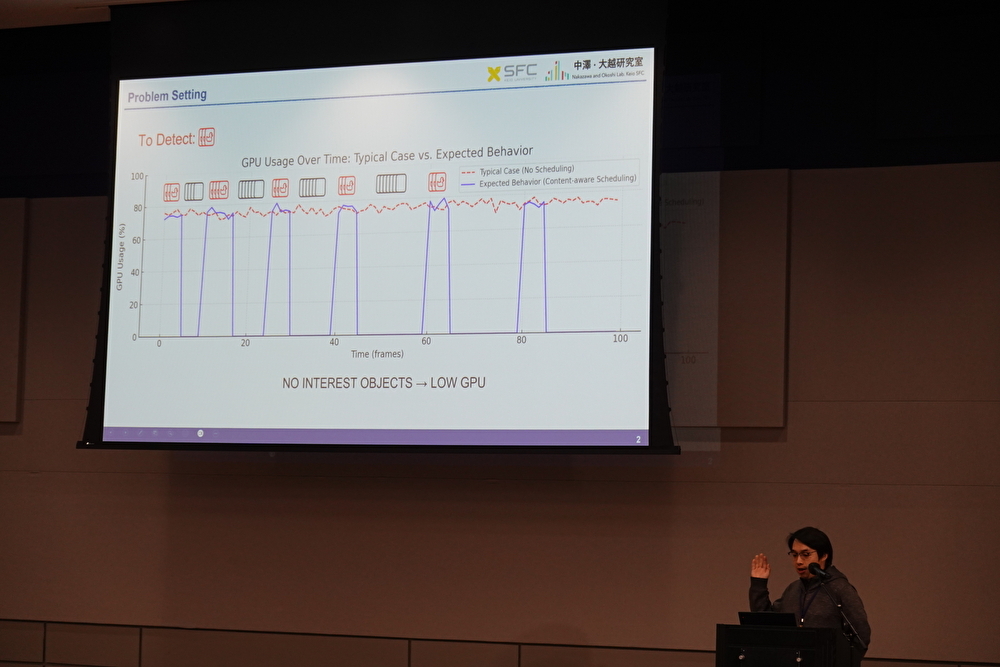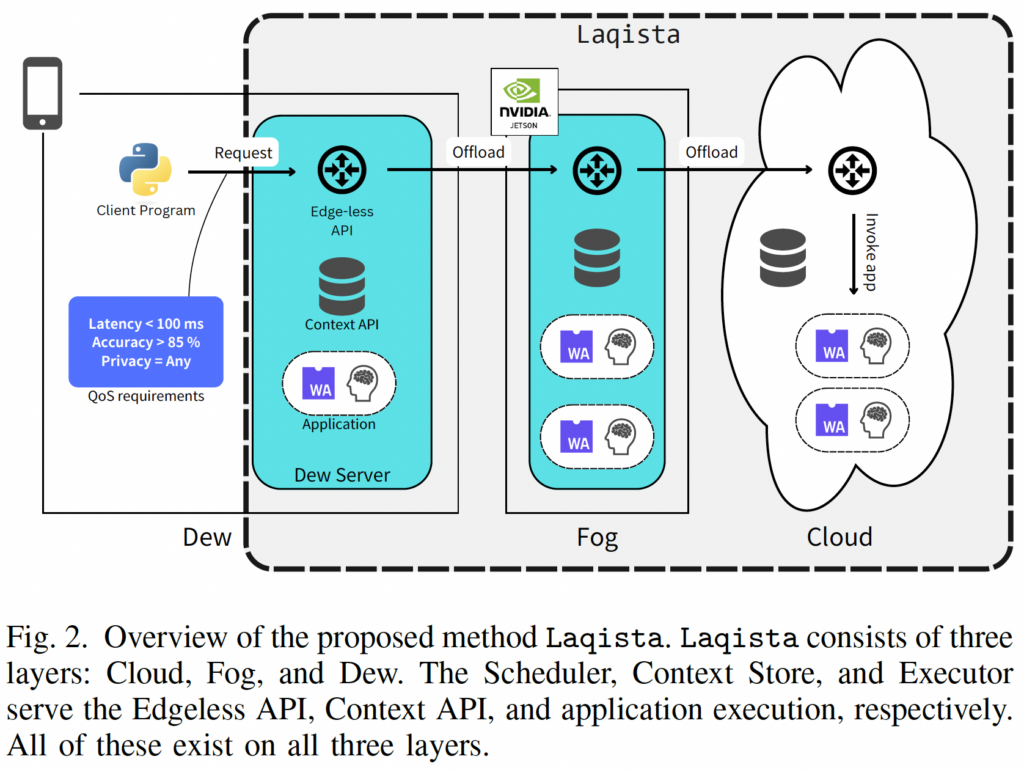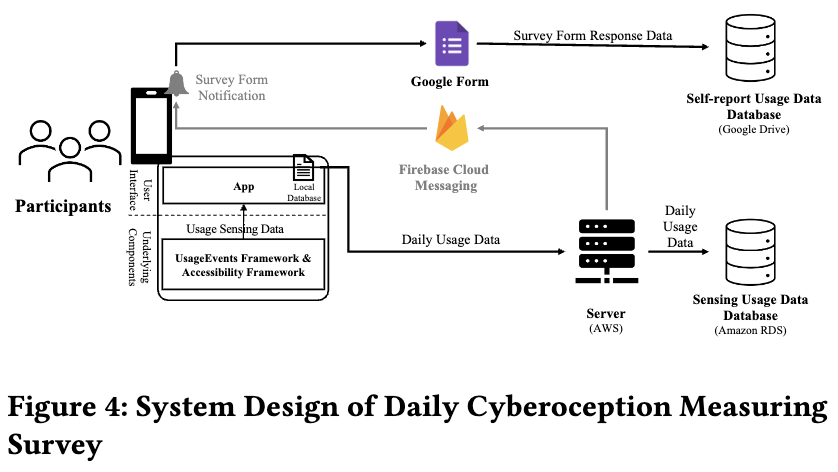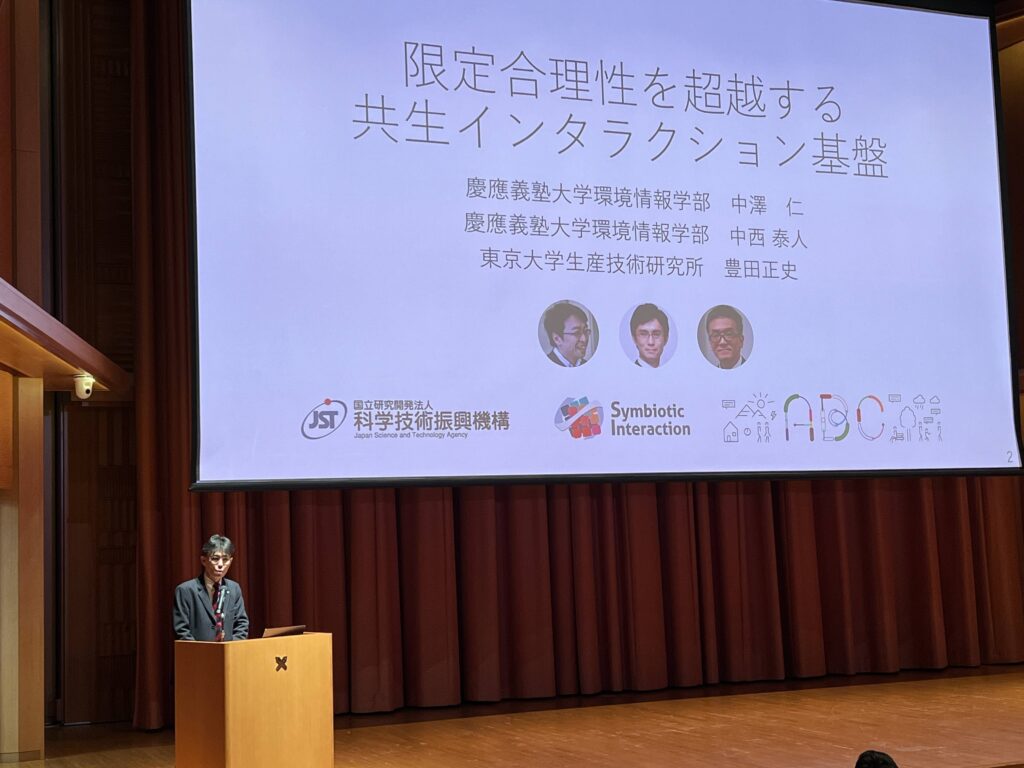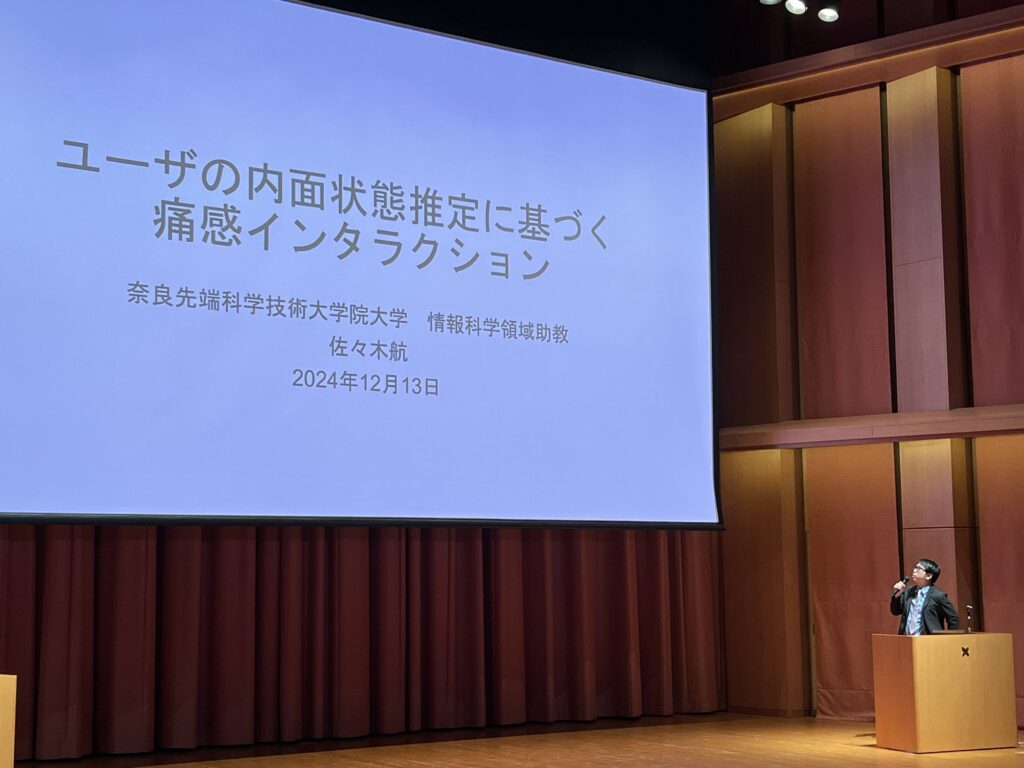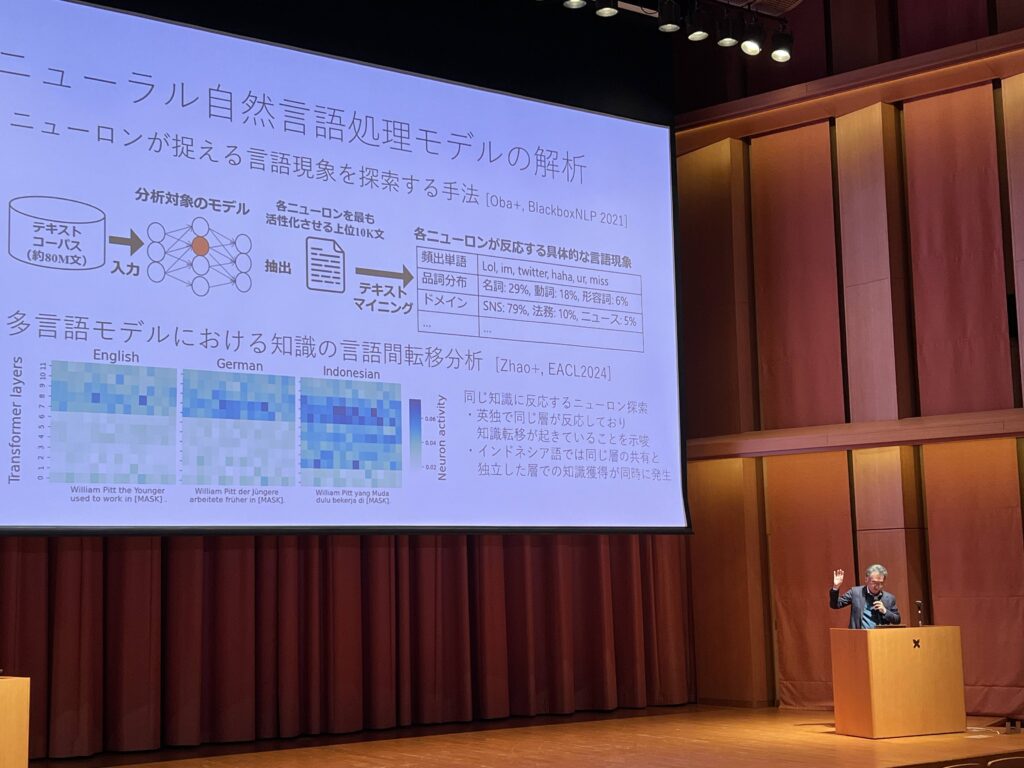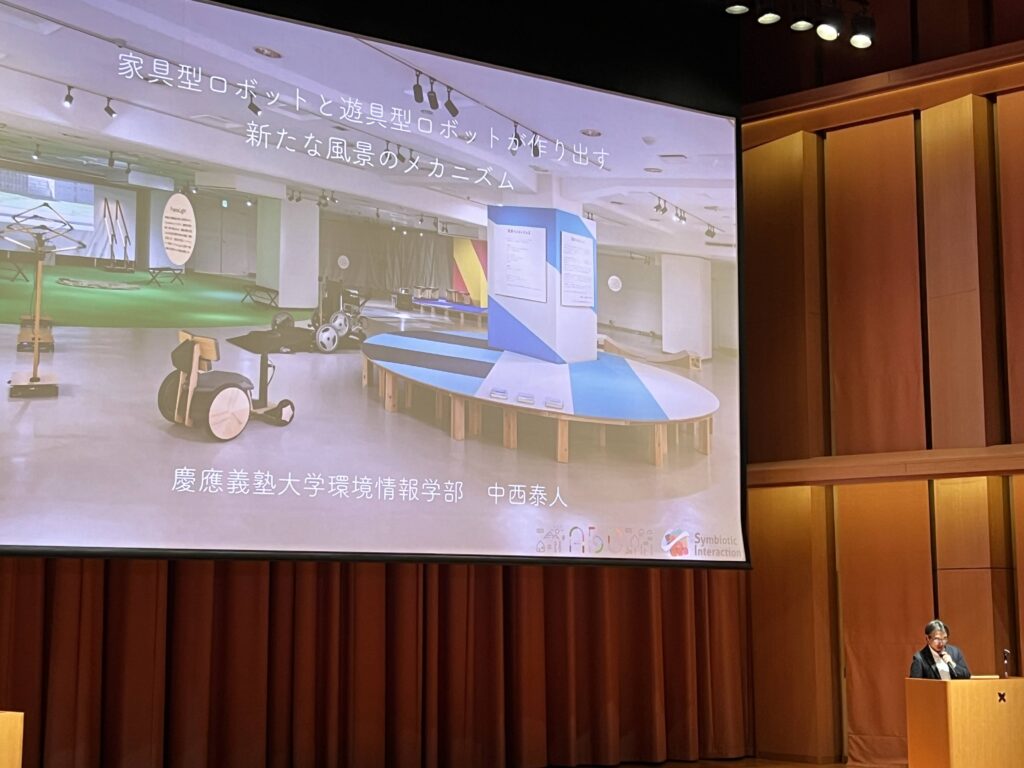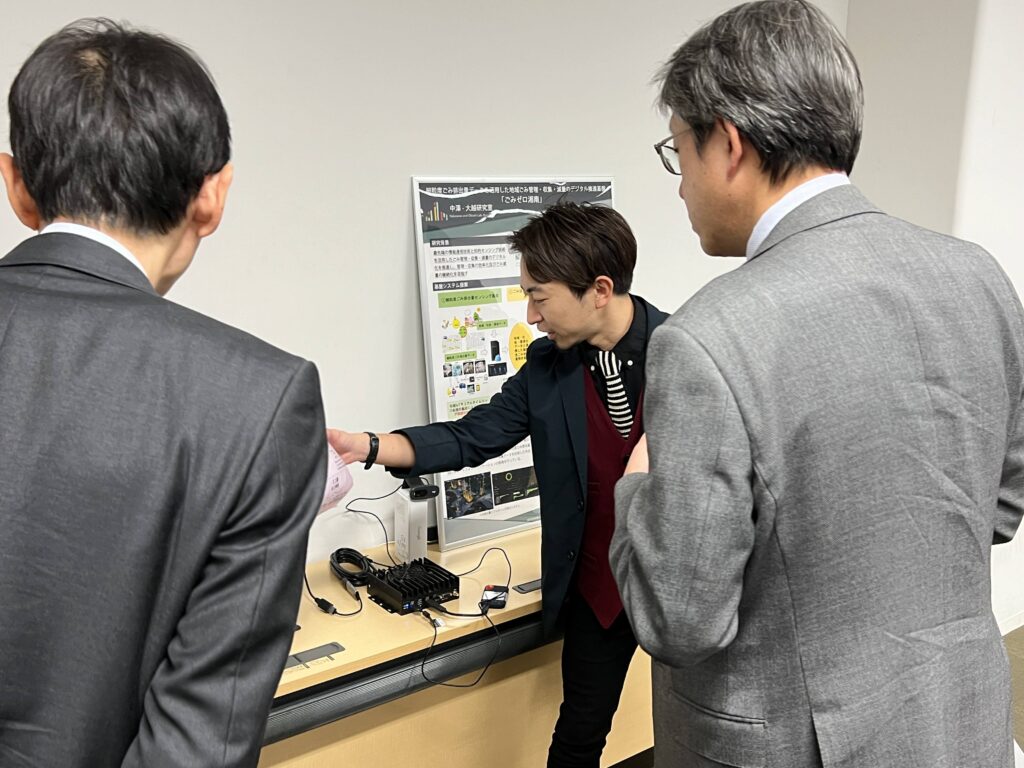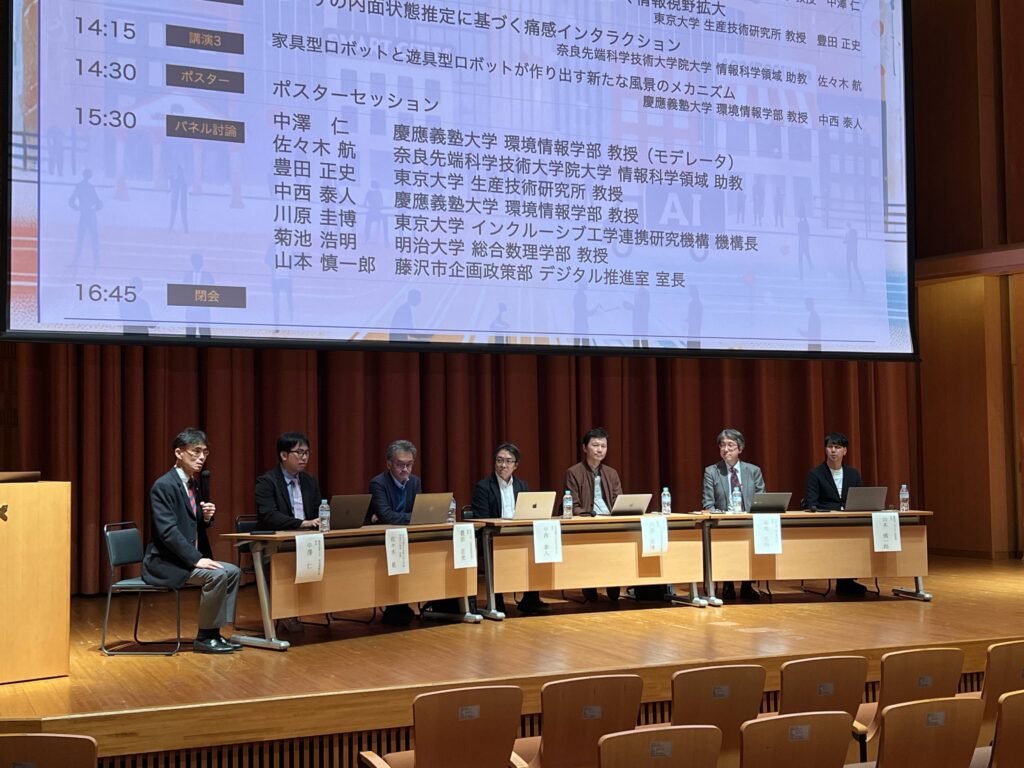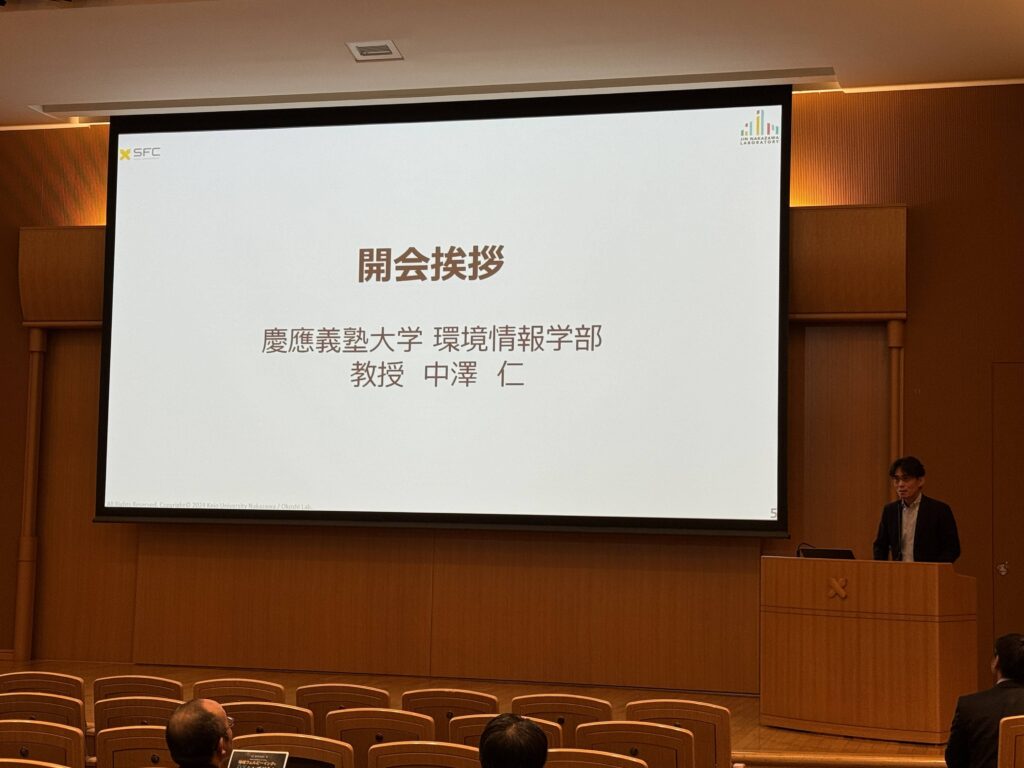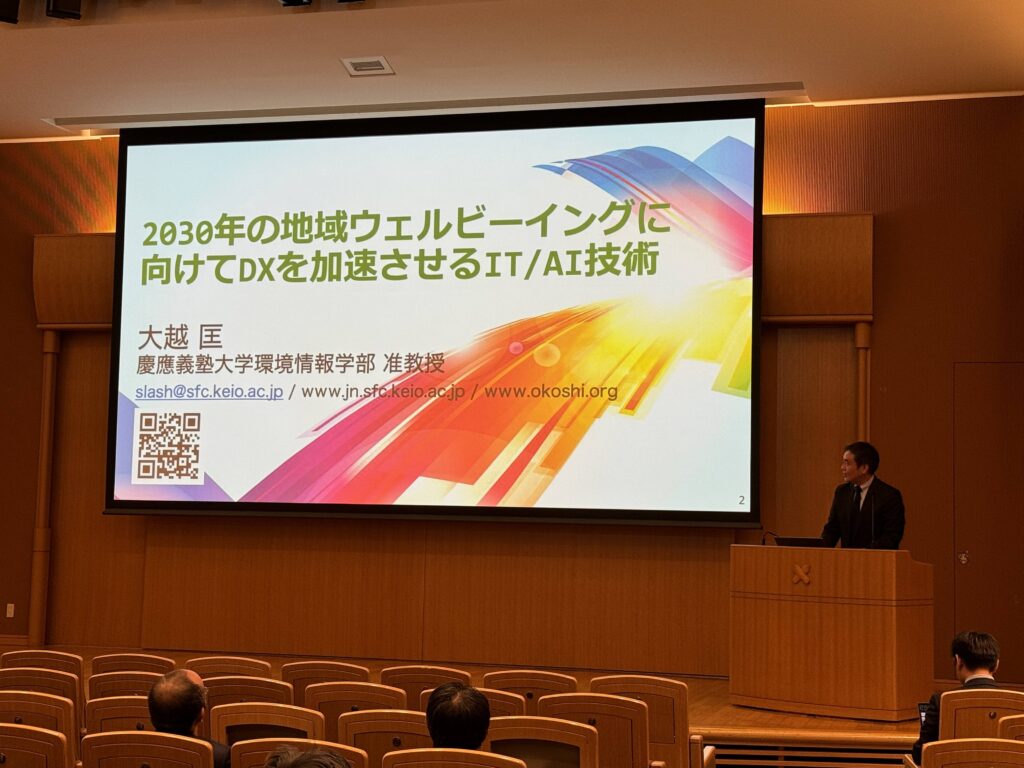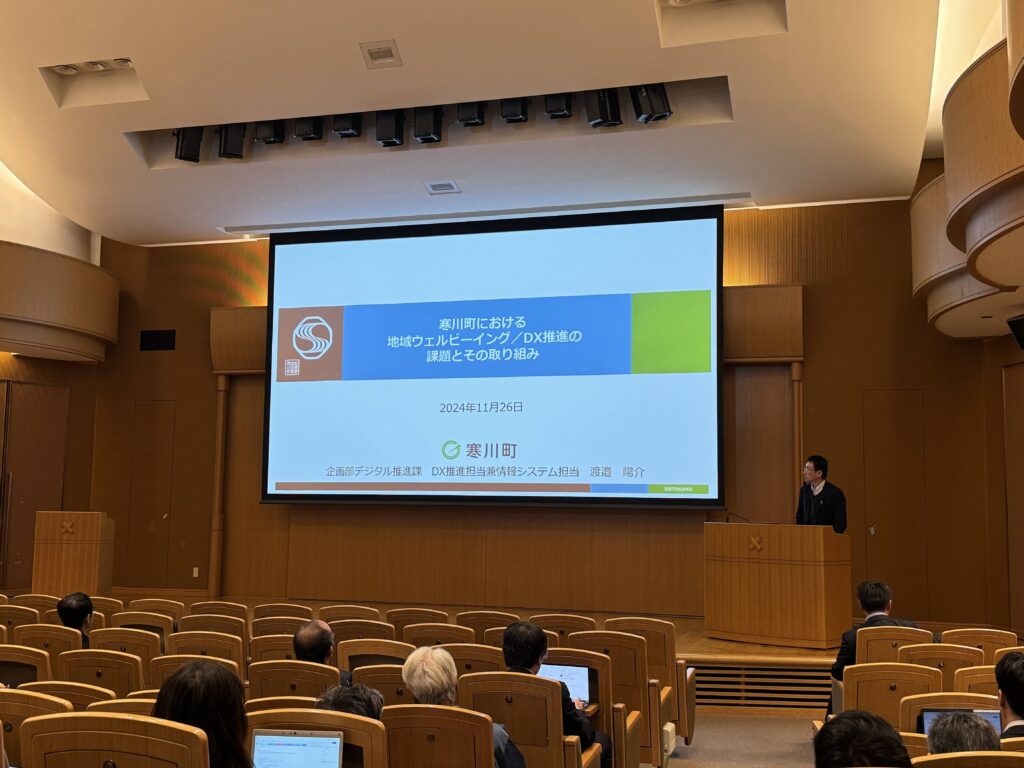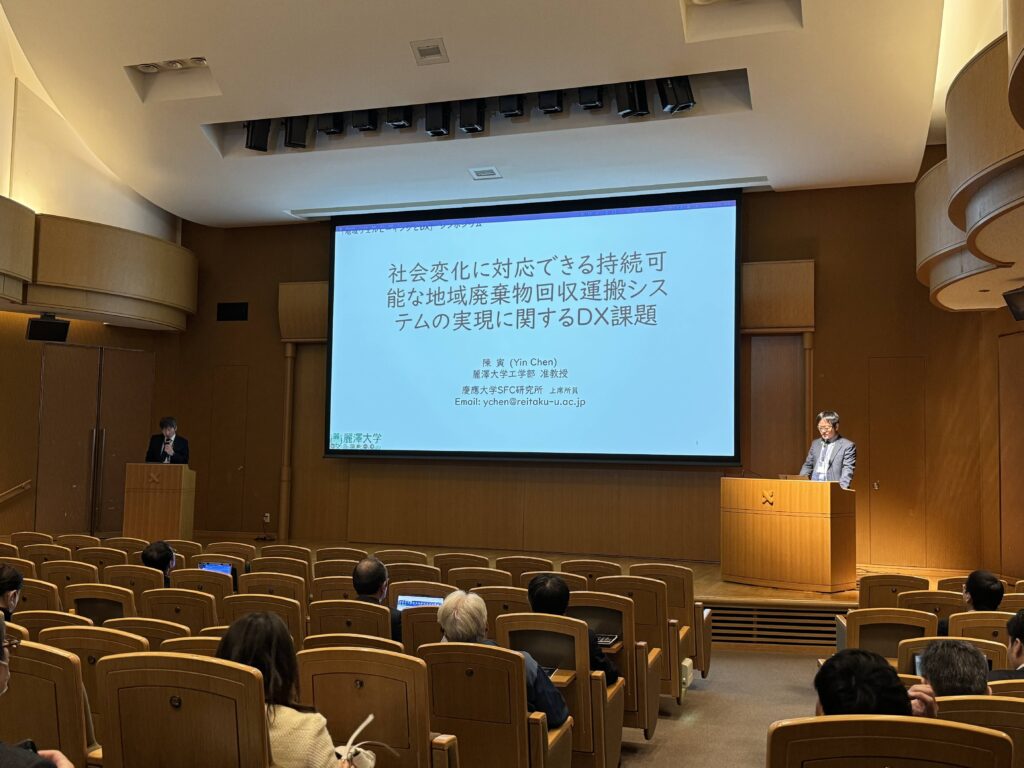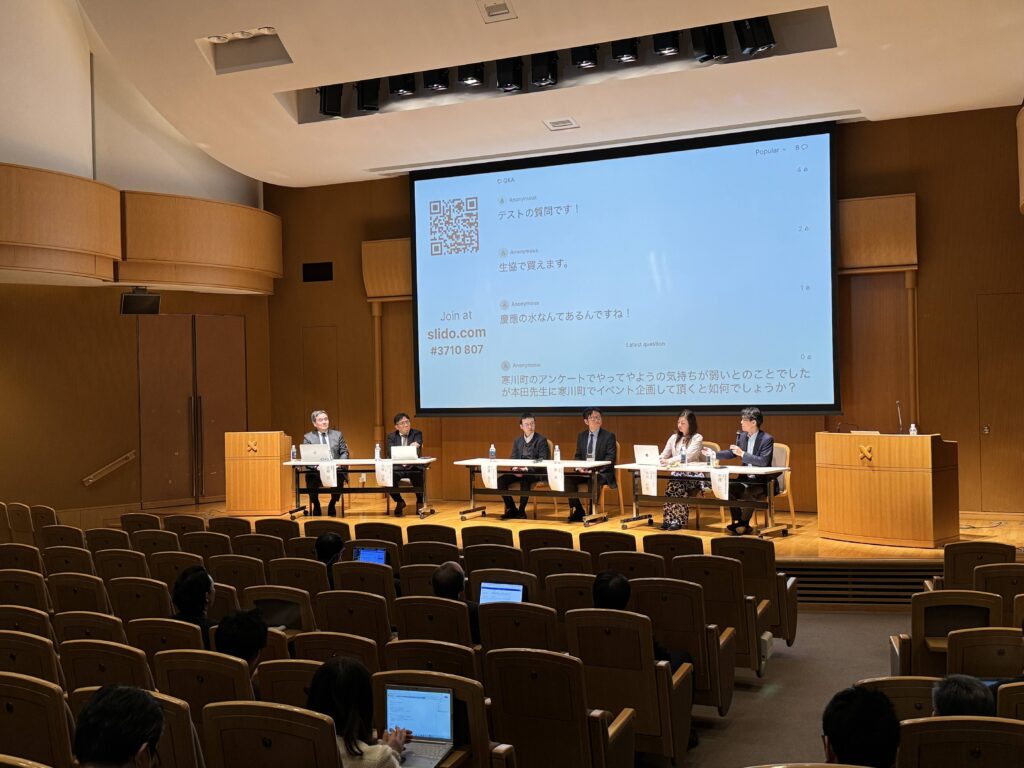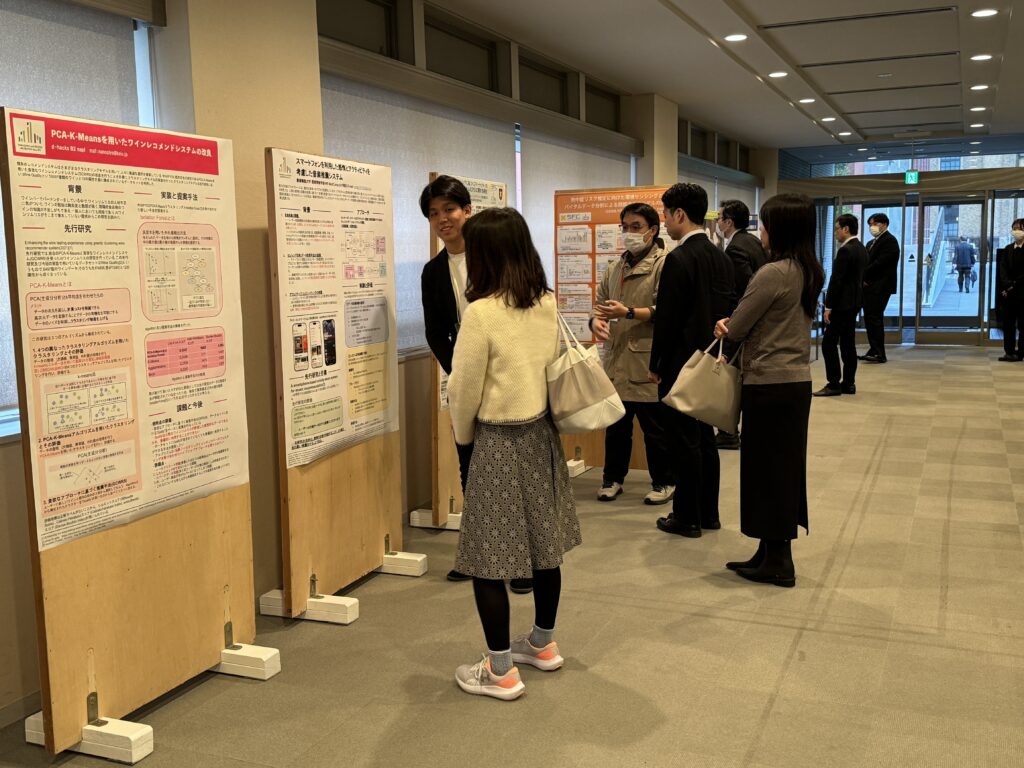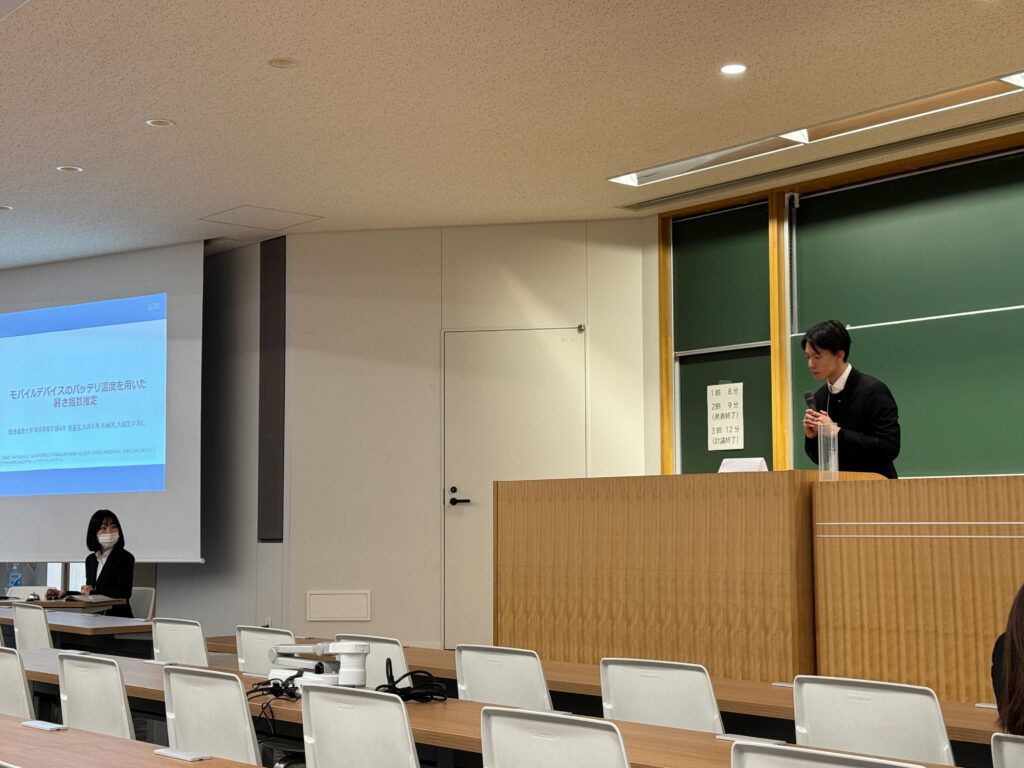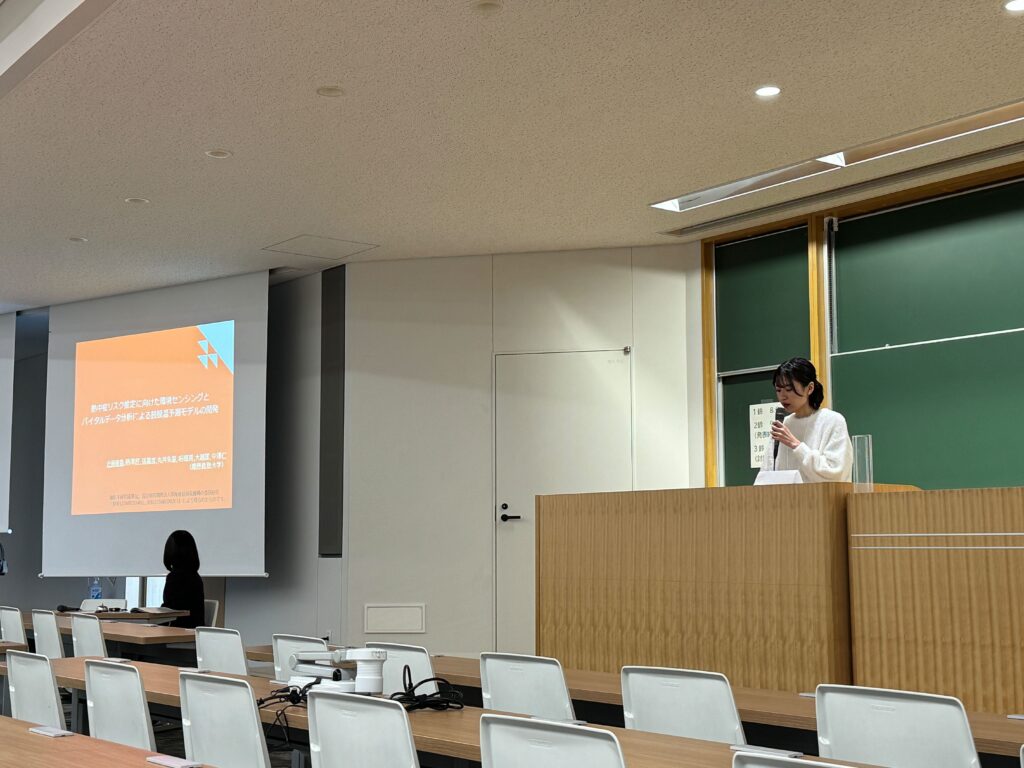博士課程3年 黄君の研究「AdaLine: Adaptive Counting Line Optimization by Perspective-Aware Trajectory Modeling in Object-Detection-Tracking Systems」が国際論文誌 IEEE Accessにacceptされました.
Abstract:
The combination of object detection, tracking, and counting has become a widely used method. The position and angle of cameras can vary according to the deployment scenarios, which affects counting accuracy. Traditional approaches often rely on manually pre-defined counting lines or regions-of-interest (ROIs), which are static, environment-specific, and difficult to generalize.
To overcome these limitations, we propose AdaLine, an adaptive, perspective-aware algorithm that learns the optimal counting line from object trajectories, thereby enabling adaptation to diverse environments and camera viewpoints without manually defined counting lines.
AdaLine adapts automatically as the scene evolves by clustering incoming trajectories with K-means, selecting the most stable line candidate, and smoothing it with an exponential moving average. Experimental evaluations across different scenarios and camera settings show that AdaLine achieves better performance in terms of accuracy, stability, and applicability. Our approach offers a scalable, real-time configuration-free solution for object-detection-tracking systems.




